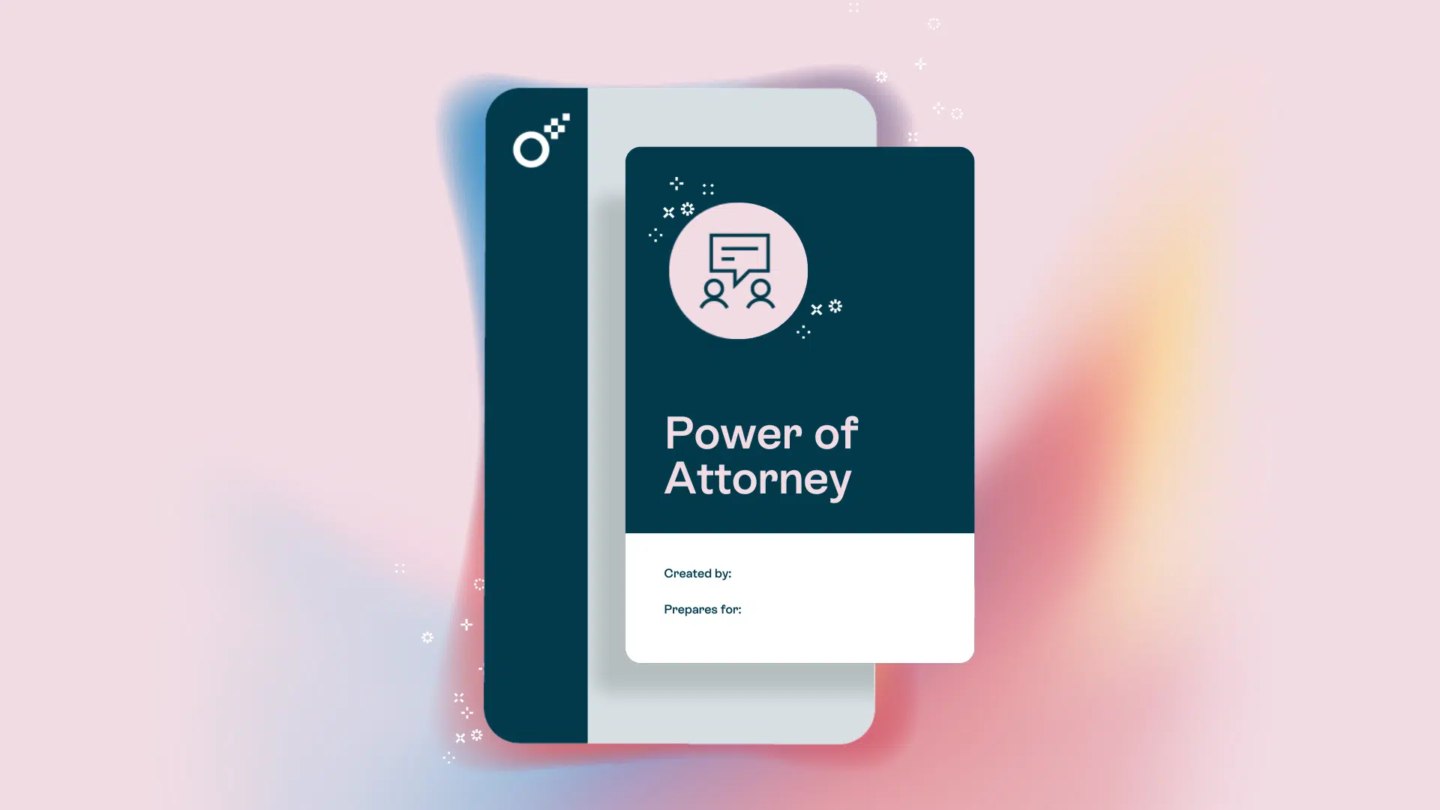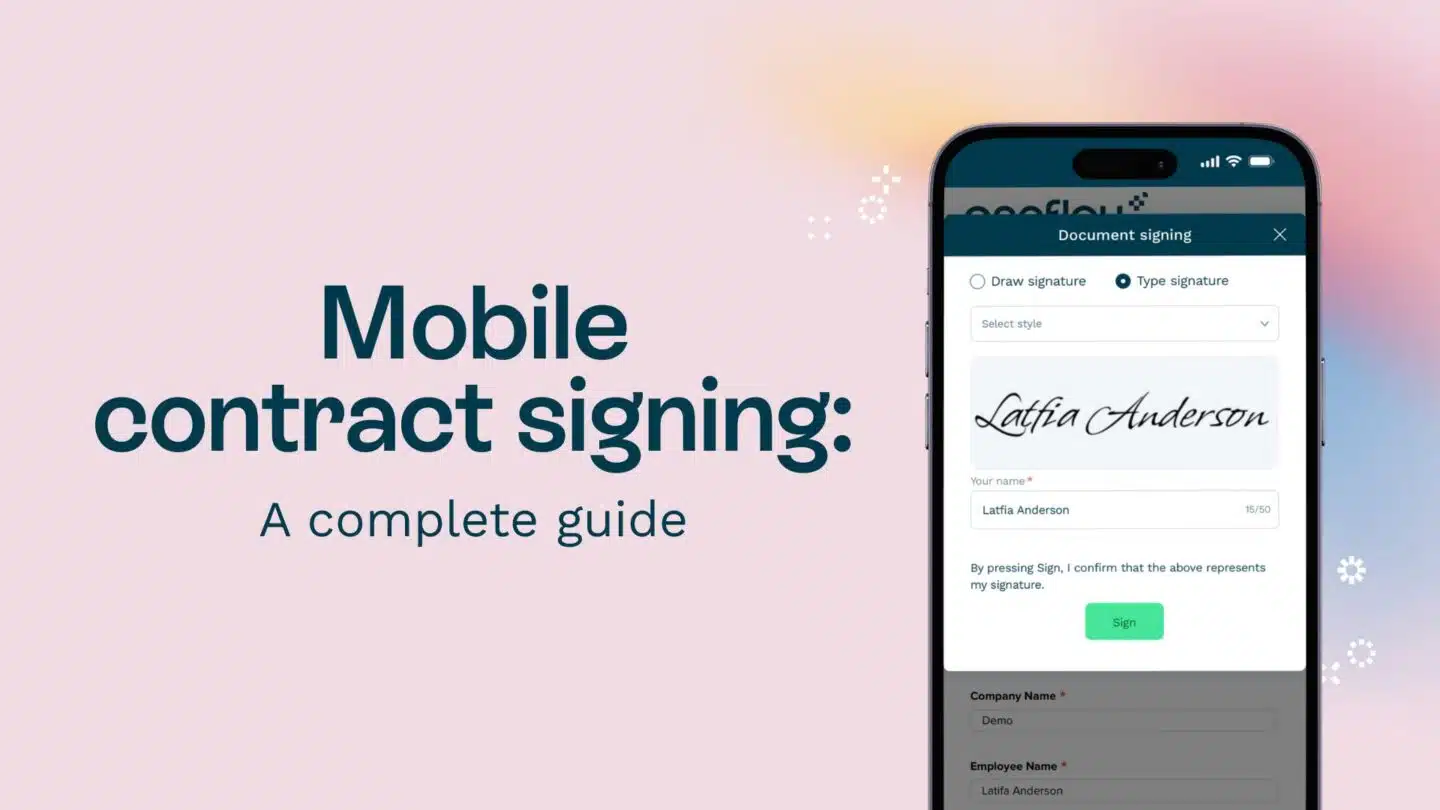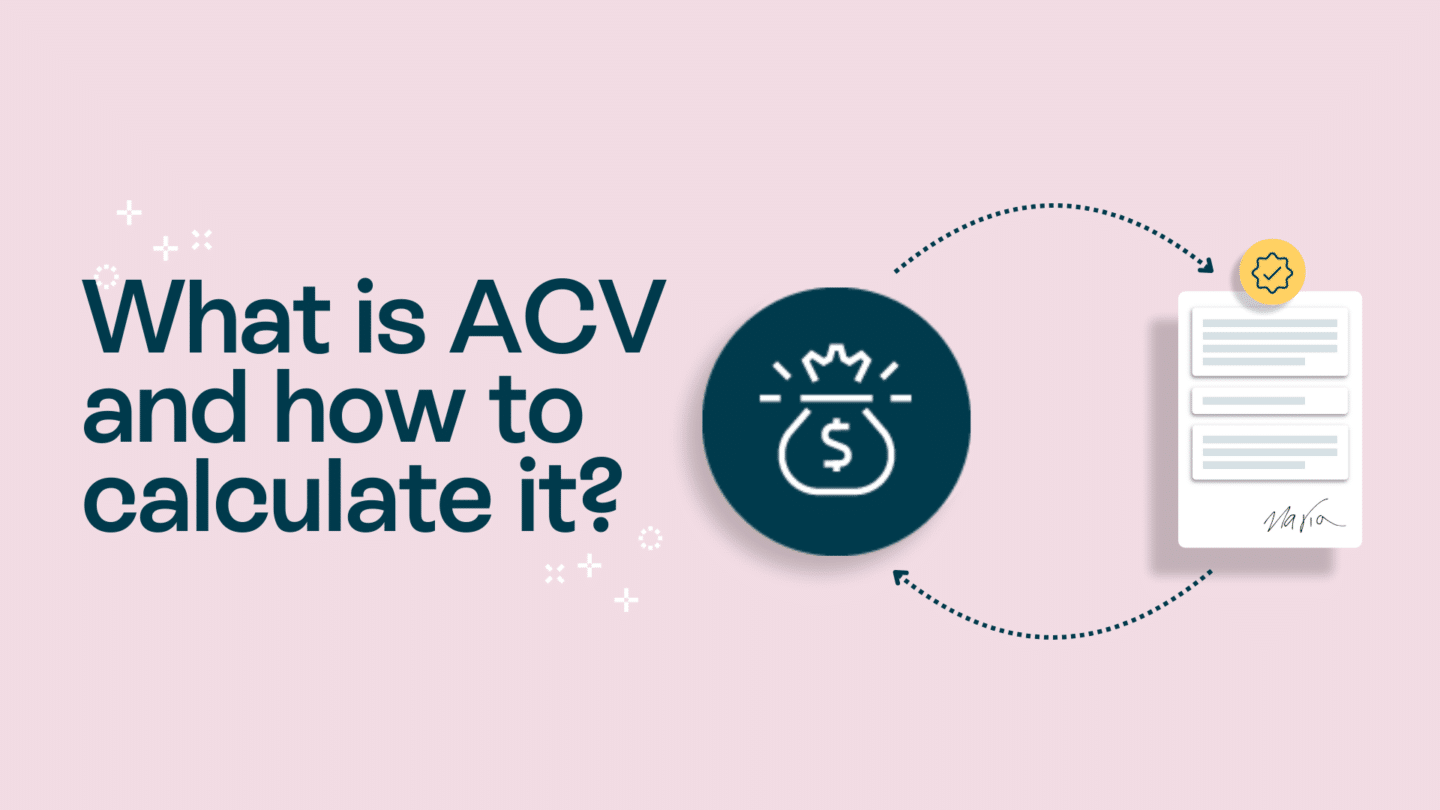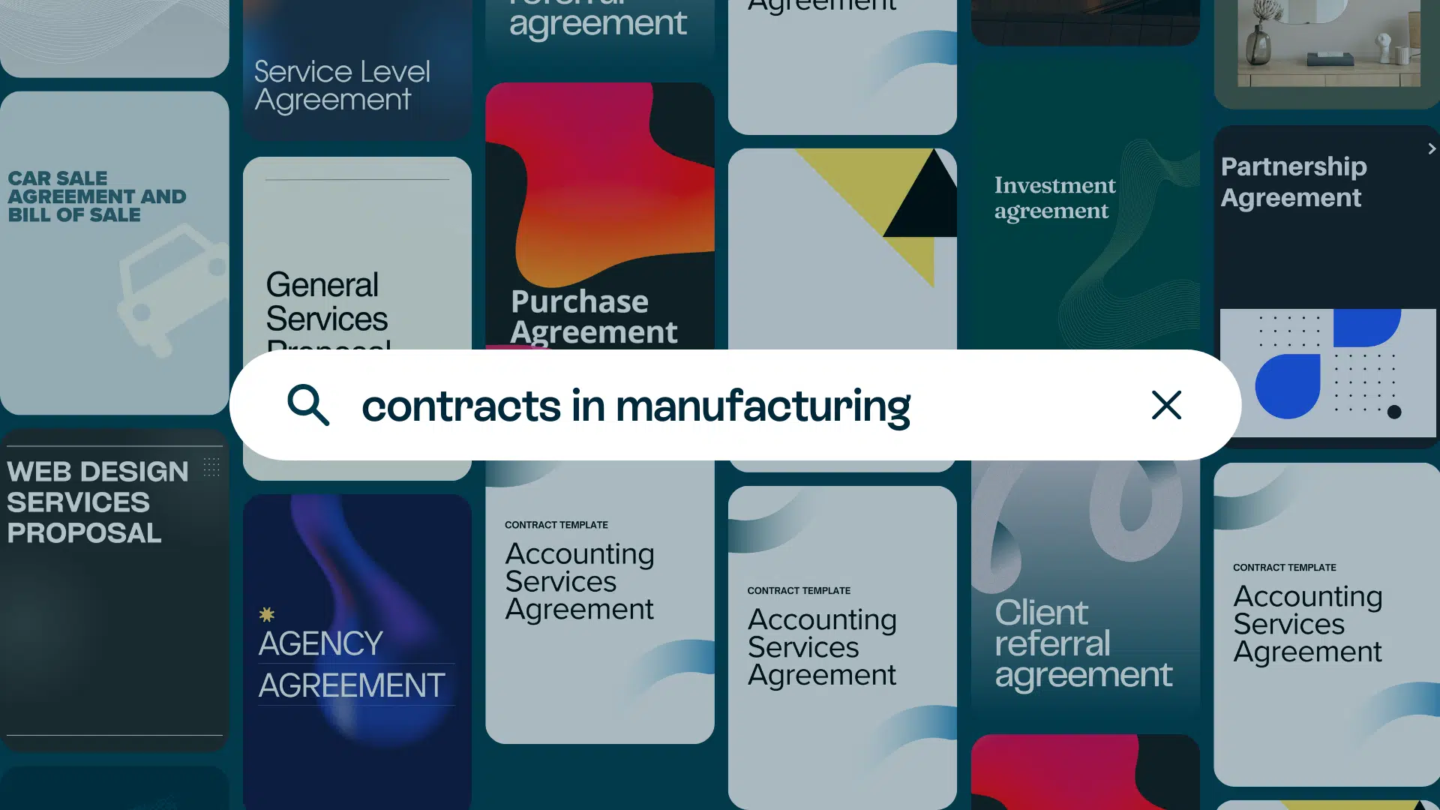It’s important to know how to write an invoice correctly, as it can make all the difference in ensuring that you get paid quickly and efficiently. If you’re not sure where to start, don’t worry! In this guide, we’ll walk you through the entire process of creating an invoice, step by step. So put on your money hat, and let’s get started!
But before we get to any of that, let’s start with a quick disclaimer:
Just to be clear, as great as our website is, it doesn’t constitute legal advice. We’re only here to provide you with information. It’s great, useful information, but it’s not legal advice. We do our best to keep our content updated, but it may not be the most up-to-date legal or other information out there. We like to link to third-party sites. We do that for your convenience as our wonderful reader. But that also means that we’re not here to recommend or endorse any third-party sites.
Read also: 9 tips to implement a data-driven sales strategy

How to write an invoice 101
What is an invoice?
First things first, what exactly is an invoice? An invoice is a document that outlines the details of a transaction between a buyer and seller. It typically includes information such as the products or services provided, the amount due, and the payment terms.
Importance of invoices in business transactions
But why are invoices so important? Invoices serve as a record of the transaction, and provide proof of payment for both the buyer and the seller. They also help to streamline the payment process, making it more efficient and less prone to errors or misunderstandings.
The belts and braces of an invoice
Before we dive into how to write an invoice, let’s take a moment to go over the key components that should be included in every invoice:
- Business information: This includes your business name, address, phone number, and email address.
- Client information: This includes your client’s name, address, phone number, and email address.
- Invoice number: This is a unique identifier assigned to each invoice, and helps to keep track of payments.
- Payment terms: This outlines when and how payment is expected to be made.
- Products or services provided: This lists all the products or services provided, along with any applicable descriptions or quantities.
- Subtotals, taxes, and discounts: This shows the breakdown of all charges, including any applicable taxes and discounts.
- Total amount due: This is the final amount that is due, including all fees and charges.
- Personal Note or Additional Instructions: This is where you can add any additional information or instructions, such as a thank you note or payment instructions.
Now that we have reviewed the key components of an invoice, let’s take a closer look at each section. The business information section is important because it provides your client with the necessary information to contact you if they have any questions or concerns about the invoice. It is also important to make sure that this information is accurate and up-to-date.
The client information section is equally important, as it ensures that the invoice is being sent to the correct person or business. Make sure to double-check this section before sending out the invoice.
The invoice number is a unique identifier that helps to keep track of payments. It is important to assign a unique number to each invoice to avoid confusion or errors in the payment process.
The payment terms section outlines when and how payment is expected to be made. This can include the due date, accepted payment methods, and any late fees or penalties for overdue payments.
The products or services provided section is where you list all the products or services that were provided during the transaction. It is important to include a description of each item, as well as the quantity and price.
The subtotals, taxes, and discounts section shows the breakdown of all charges, including any applicable taxes and discounts. This helps the client to understand the total cost of the transaction.
The total amount due section is the final amount that is due, including all fees and charges. This should be clearly stated at the bottom of the invoice.
The personal note or additional instructions section is completely optional, but it can add a nice touch. This is where you can add a thank you note or provide additional payment instructions, if needs be.
Read also: How e-signatures help in the financial industry to make it run 10 times faster

Before you write an invoice
Gathering necessary information
Before you write an invoice, it’s important to gather all the necessary information. This includes your business and client information, as well as details about the products or services provided. Make sure you have everything you need before getting started.
When gathering client information, it’s important to ensure that all details are correct. Double-check the spelling of the client’s name, address, and contact details. This will prevent any delays or issues with payment down the line.
Additionally, when gathering product or service information, be sure to include any relevant details such as quantity, price per unit, and any applicable taxes or discounts. This will help ensure that the client understands exactly what they are being charged for.
Choosing an invoice template or software
If you’re not sure where to start with your invoice, there are plenty of templates and software options available that can help streamline the process. Many accounting or invoicing software programs come pre-loaded with invoice templates, so all you have to do is fill in the information.
When choosing an invoice template or software, it’s important to consider the needs of your business. Some software programs may offer additional features such as automatic payment reminders or the ability to track expenses. Consider what features are important to you and your business before making a decision.
Additionally, be sure to customize your invoice template to reflect your brand. This includes adding your company logo and using your brand’s colors and fonts. This will help create a professional and cohesive look for your invoices.
Step-by-step guide to writing an invoice
Step 1: Include your business information
Start by including your business name, address, phone number, and email address at the top of the invoice. This helps to identify you as the seller, and provides contact information for the buyer in case there are any questions or concerns.
Step 2: Add your client’s information
Next, include your client’s name, address, phone number, and email address. This identifies them as the buyer, and provides contact information for you in case there are any questions or concerns on their end.
Read also: 7 Things you can do using Oneflow besides e-signature

Step 3: Assign an invoice number
Assign a unique invoice number when you write an invoice. This helps to keep track of payments, and makes it easier to reference specific transactions in the future.
Step 4: Specify payment terms
Outline when and how the payment will be expected to be made. This could include details such as the due date, payment method, and any late payment fees or interest.
Step 5: List the products or services provided
List all of the products or services provided, along with any applicable descriptions or quantities. This provides a detailed record of the transaction, and helps to avoid any confusion or misunderstandings later on.
Step 6: Calculate and include subtotals, taxes, and discounts
Calculate the total cost of the products or services provided, and include any applicable taxes or discounts. This helps to break down the charges for the buyer, and ensures that you are paid correctly and efficiently.
Step 7: Determine the total amount due
Add up all of the charges to determine the final amount due, and include this as the total amount on the invoice.
Step 8: Add a personal note or additional instructions, for that finishing touch
Finally, add a personal note or any additional instructions that may be necessary. This is a great way to say thank you to your client, or provide any special instructions or information that may be relevant.
Congratulations! You now know how to write an invoice from start to finish. By following these steps, you can ensure that your invoices are always accurate and efficient, which will help to streamline your payment process and keep your business running smoothly.







